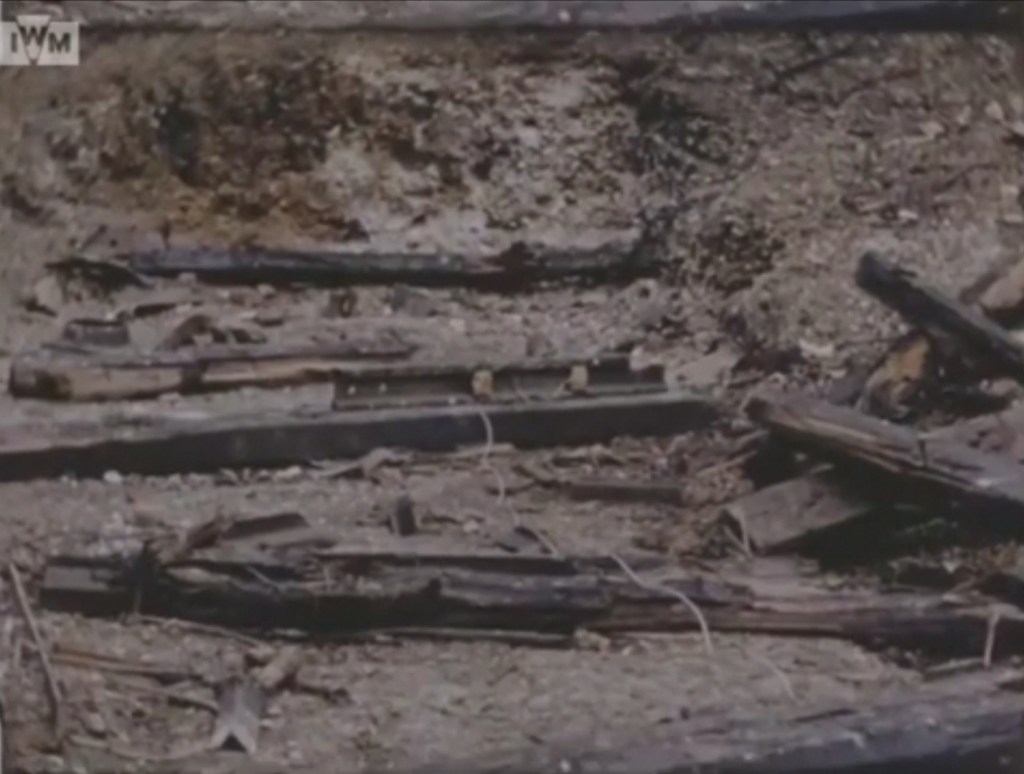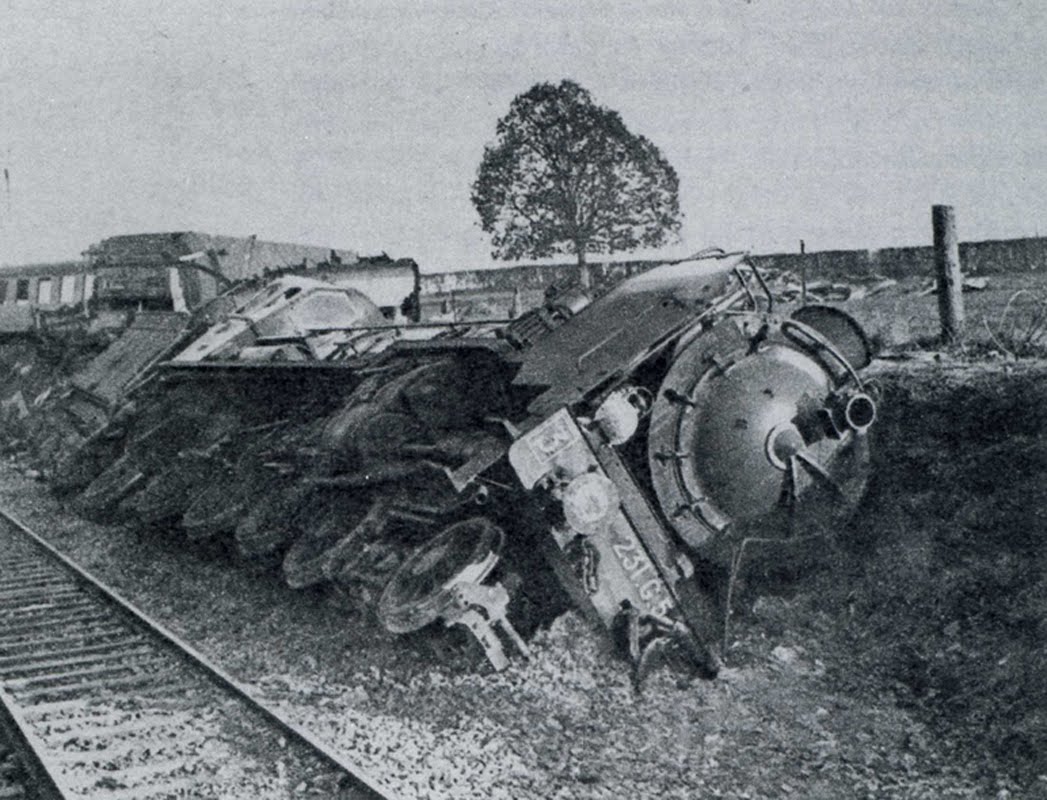During the Second World War Britain’s Special Operations Executive (SOE) developed a whole series of sabotage devices for use behind enemy lines. Using unique archival footage this series of short videos examines some of the weapons developed for use by SOE agents in occupied Europe. In this episode we look at how rail track could be destroyed by plastic explosive.
Destroying railway infrastructure was a key mission for the Resistance groups and SOE agents active in occupied Europe. Numerous methods of damaging or destroying railways were developed, including Exploding Coal, which we have covered earlier in this series. In this 16mm colour footage, believed to have been filmed in 1940, we get an early look at the methods the SOE were developing to destroy track. The ultimate aim was to derail the locomotive and wreck the train with minimal effort and explosive.
In the footage we see two charges have been placed on the piece of track, with detcord attached to both. A soldier, with what appears to be a lever-action Winchester 94, is then seen taking aim. It seems he’s aiming at a striker board attached to ignite the detcord. He fires, we see a puff of smoke and a second later the charges detonate.
The footage then cuts to several men collecting the debris of the shattered piece of track. The track appears to have two large chunks blown out and the top edge, between the two charges, completely blown off.

Later in the war more testing was done and more refined techniques were developed. In their book SOE: The Scientific Secrets Boyce & Everett note that trials of devices and techniques for destroying railway lines carried out at Longmoor where the British Army had extensive sections of track and samples of rails used in different European countries. Trials to find the right quantity and positioning of explosive charges were carried out in late December 1943, these tests would inform later operations.

The SOE’s Descriptive Catalogue of Special Devices and Supplies includes a pair of illustrations demonstrating two methods of laying and detonating these charges. A so-called ‘French’ method with a pair of what the catalogue terms ‘Igniters, Fuze, Fog Signal, MkIA’ ahead of the charges in the direction the train was expected from. The train would crush these Fog Signals firing them and igniting a length of detcord linked to a pair of 3/4lb explosive charges fixed to the track as we see in this film.

The alternative ‘Polish’ method had the same sized and located explosive charges but placed a Fog Signal either side of the charges to ensure that no matter which direction the train came from the charges would be detonated. This method was used on single track stretches of railway. Both of these methods were rated to ‘remove about one metre of rail.’
In this photo we see a member of the French Resistance setting an explosive charge on a railway line. While likely a posed photo we do see the pair of Fog Signals which will stet the charge off. These photographs show a pair of trains reportedly derailed by explosive charges.

Boyce & Everett in their book SOE: The Scientific Secrets suggest that as many as 48,000 ‘Railway charges’, presumable a kit, were produced by the SOE. From the footage we can certainly see this method of destroying rails was effective.
If you enjoyed the video and this article please consider supporting our work here. We have some great perks available for Patreon Supporters. You can also support us via one-time donations here.
Bibliography:
World War II Allied Sabotage Devices and Booby Traps, G.L. Rottman (2006)
SOE’s Descriptive Catalogue of Special Devices and Supplies, (1944)
SOE’s Secret Weapons Centre: Station 12, D. Turner (2007)
SOE: The Scientific Secrets, F. Boyce & D. Everett (2009)
Arthur John G. Langley’s Unpublished Memoir (1974)
Footage use is part of the Imperial War Museum’s collection © IWM MGH 4324 & 4325 and is used under the Non-commercial Use agreement.
